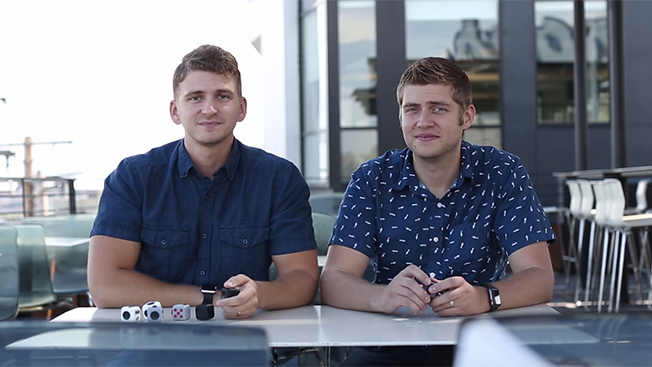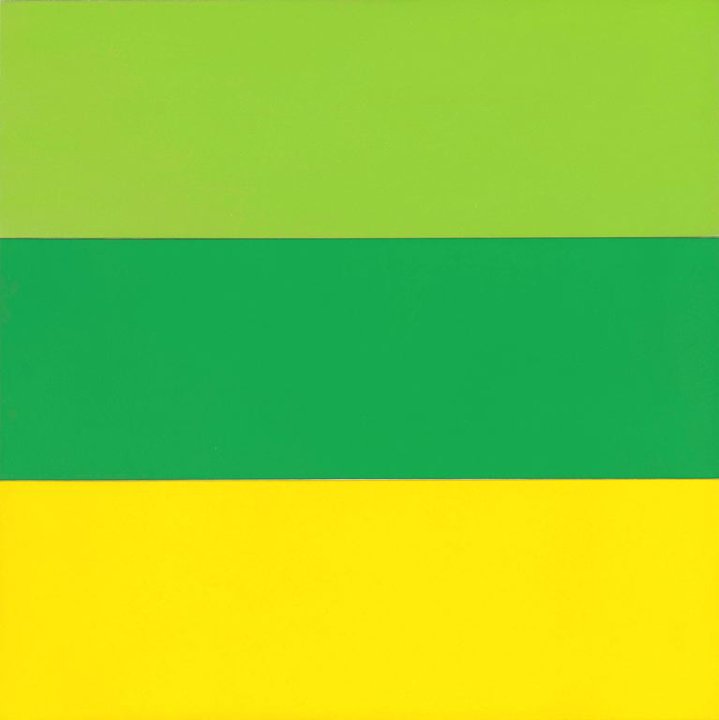The idea for this article came to me while I was sitting in a two-and-a-half hour class, fiddling with my Fidget Cube. The Fidget Cube is a small six-sided device, and each side has a different stimulus: buttons to click, a joystick to move, gears to roll, a switch to flip, a dial to spin, and a flat side with an oval indent to encourage mindfulness. The object of one of the most successful Kickstarter campaigns in history, the Fidget Cube became a sensation amongst fidgety people. How did such a small cube capture the public’s attention? It all began with two brothers, a small company, and an Internet campaign.
 |
| All six sides of the Fidget Cube |
 |
| Matthew and Mark McLachlan |
Matthew and Mark McLachlan have been inventors since a young age. Both brothers enjoyed creating new things, but they always had a mental block, thinking that they would never be able to actually implement the ideas they conjured up. In 2015, Matthew and Mark challenged that idea and founded Antsy Labs, a company dedicated to fidgeting. When the brothers decided to begin the Fidget Cube campaign, they were unsure of what the response would be. Before launching, when they explained the concept to people, nobody seemed to understand it. However, when they posted their product on Kickstarter, a website dedicated to helping entrepreneurs raise funds for new inventions, the campaign racked up $6,465,690 in donations to fund production of the Fidget Cube.
 |
| Spider-Man Fidget Cube! |
So what’s next for these innovative individuals? “We both are continually discussing the dozens of ideas we have in our sketchbooks. Even if we launched one or two of them each year, I'm not sure we'd ever run out with how quickly we add new ones to the list,” said the brothers. If you’re like me and can’t stop moving those hands, check out Antsy Labs. A Fidget Cube may just be what you’ve been looking for.
Sources:
Forbes Magazine
Adweek
Kickstarter.com
Antsy Labs
https://www.antsylabs.com/
Creating Minds: An Anatomy of Creativity Seen Through the Lives of Freud, Einstein, Picasso, Stravinsky, Eliot, Graham, and Gandhi, by Howard Gardner

